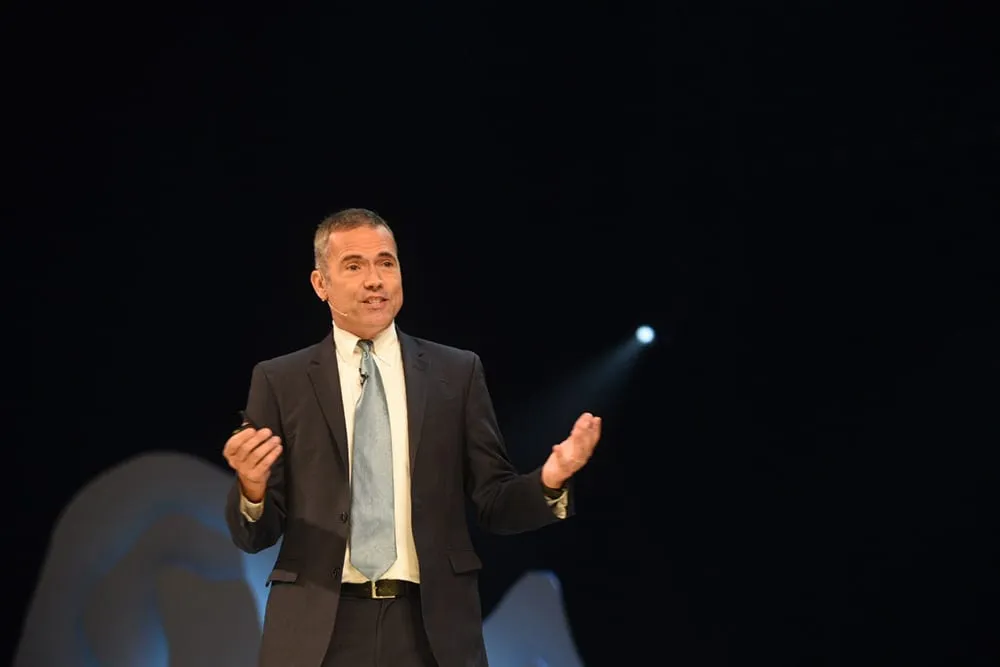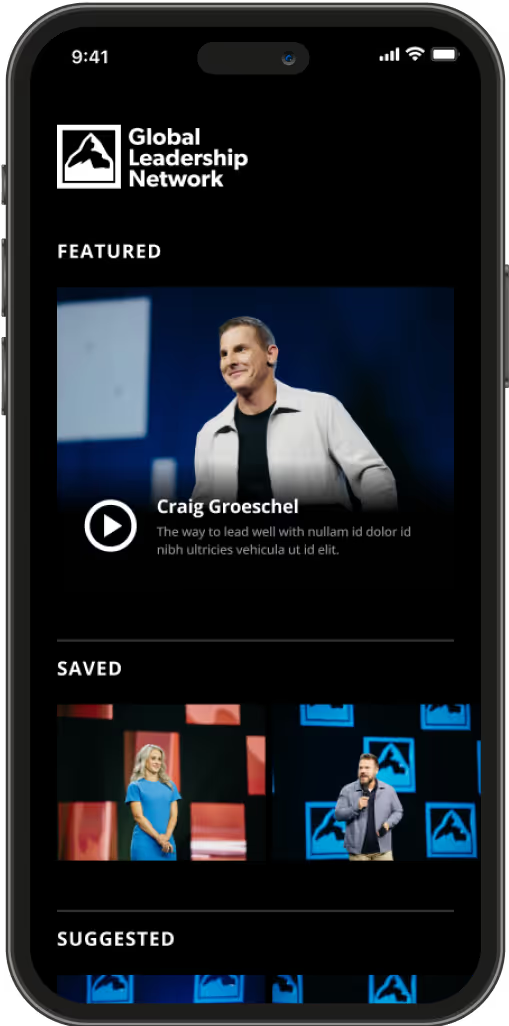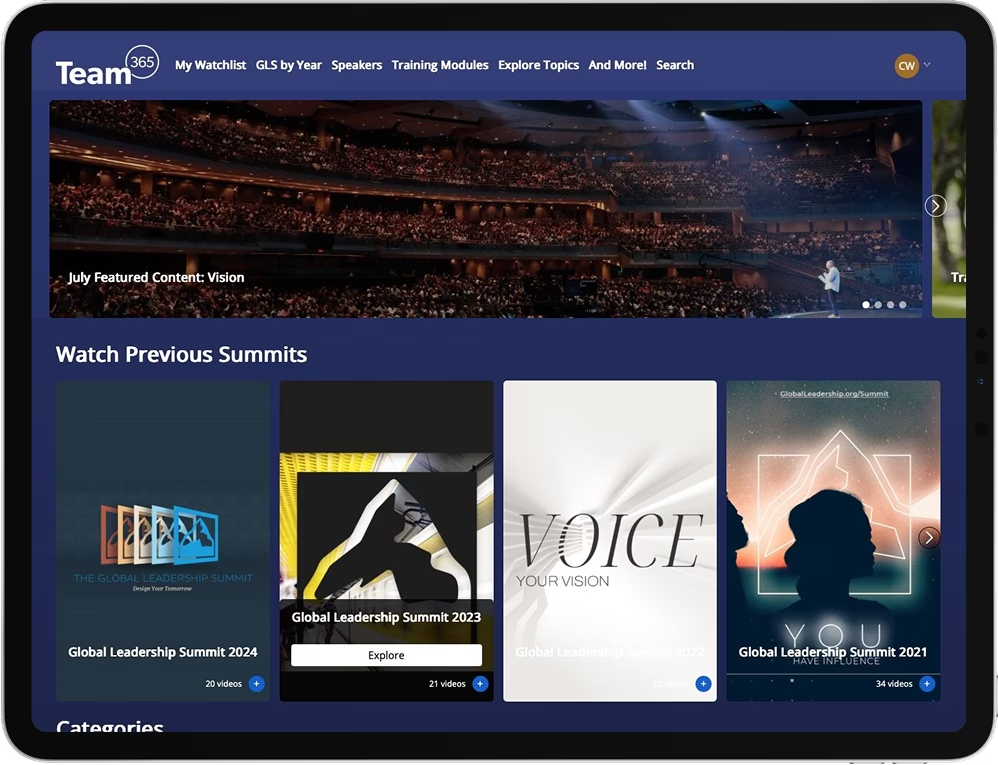Story of a mis-translation in China: During a speaking trip in China, David learned that his interpreter was not translating his humorous first illustration. His humor did not work cross-culturally. Instead, the interpreter was cueing the audience when to laugh.
Often our mistakes are often the best tools for learning how to improve our cultural intelligence.
Cultural Intelligence (CQ) is the capability to work effectively in culturally diverse situations.
- Globally across different cultures
- Generationally across different age groups
Characteristics of The Culturally Intelligent
1. High CQ Drive (i.e. Curiosity).
Culturally intelligent leaders respond with curiosity when confronted with a situation different from their experience.
- Develop the skill of Perspective-Taking. Before evaluating another person’s ideas, step back to be sure you understand how they view the situation.
Culturally intelligent leaders respond with curiosity when confronted with a situation different from their experience.
2. High CQ Knowledge.
Culturally intelligent leaders have a working understanding of the similarities and differences that exist between different groups.
- Example: Direct vs. Indirect Communication.
- Each culture has values and objectives that factor into the ways they relate.
Different interpretations of the prodigal son story. Mark Powell’s research found different interpretations about why he ended up in the pig pen. All came from the story but the emphasis came from culture.
3. High CQ Strategy.
Culturally intelligent leaders channel their curiosity into a working strategy.
Eventually, we need to make decisions based on our multi-cultural awareness.
Video of Caucasian American male meeting an Asian American female on a walking path.
If your diversity training simply focuses on teaching people cultural differences, you may make the situation worse.
Leaders with high CQ Strategy know that cultural differences require different approaches.
- If you are about to meet with a person from a different culture, take time beforehand to think about the approach that would work well for someone from this cultural background.
4. High CQ Action.
Culturally intelligent leaders have the ability to adapt when working in multi-cultural contexts
Questions to ask:
- Is it a “tight” or “loose” culture?
- Will adapting compromise the organization or me?
- Will retaining the differences make us stronger?
Starbucks Example. When they first opened in China, they made the stores look like traditional Chinese tea houses. By adapting too far, they undermined the unique value they were trying to bring.
We’ve all heard that diverse leadership teams increase innovation. It’s not true. Diverse teams do not automatically create more innovative solutions. True innovation requires diversity plus high cultural intelligence.
- If cultural intelligence was low, homogeneous teams innovated more often than diverse teams.
- If cultural intelligence was high, diverse teams innovated more than homogeneous teams by a margin of 3 to 1.
Diverse teams do not automatically create more innovative solutions. True innovation requires diversity plus high cultural intelligence.
Assessing Your Cultural Intelligence (CQ).
Go to www.culturalQ.com/gls for a complimentary self-assessment .
Everyone can improve their CQ.
Journal entries from a U.S. university student traveling to Peru. After reading culturally insensitive passages, David revealed that it was his own journal. He didn’t grow up being culturally intelligent, but now he’s speaking at the GLS on cultural intelligence.
The world desperately needs diverse leaders with compassionate hearts, driven by curiosity, who can effectively serve and make a difference in an increasingly polarized world.
*Disclaimer: GLS18 Session Notes are only available in the United States*
⬅ Back to all GLS18 Session Notes
Related

All Lions and No Gazelles: How a Lack of Diversity Can Collapse a Team (And What to Do About It)

The Genius of Jesus—GLSnext Event Series Notes

3 Science-Based Tips to Ask for Help and Get It—GLS22 Faculty Spotlight

The Tech CEO who sold his home to live with the formerly homeless

Self-Care Should Not Be Selfish: Why Leaders Thrive When They Look Beyond Themselves

Does your team have a microculture?
Leadership That Lasts
Team365 isn’t just a platform. It’s a commitment to grow, lead and live with purpose — every single day. Whether you’re here for content, community or clarity, you’re in the right place. Your leadership matters. Let’s keep going.





